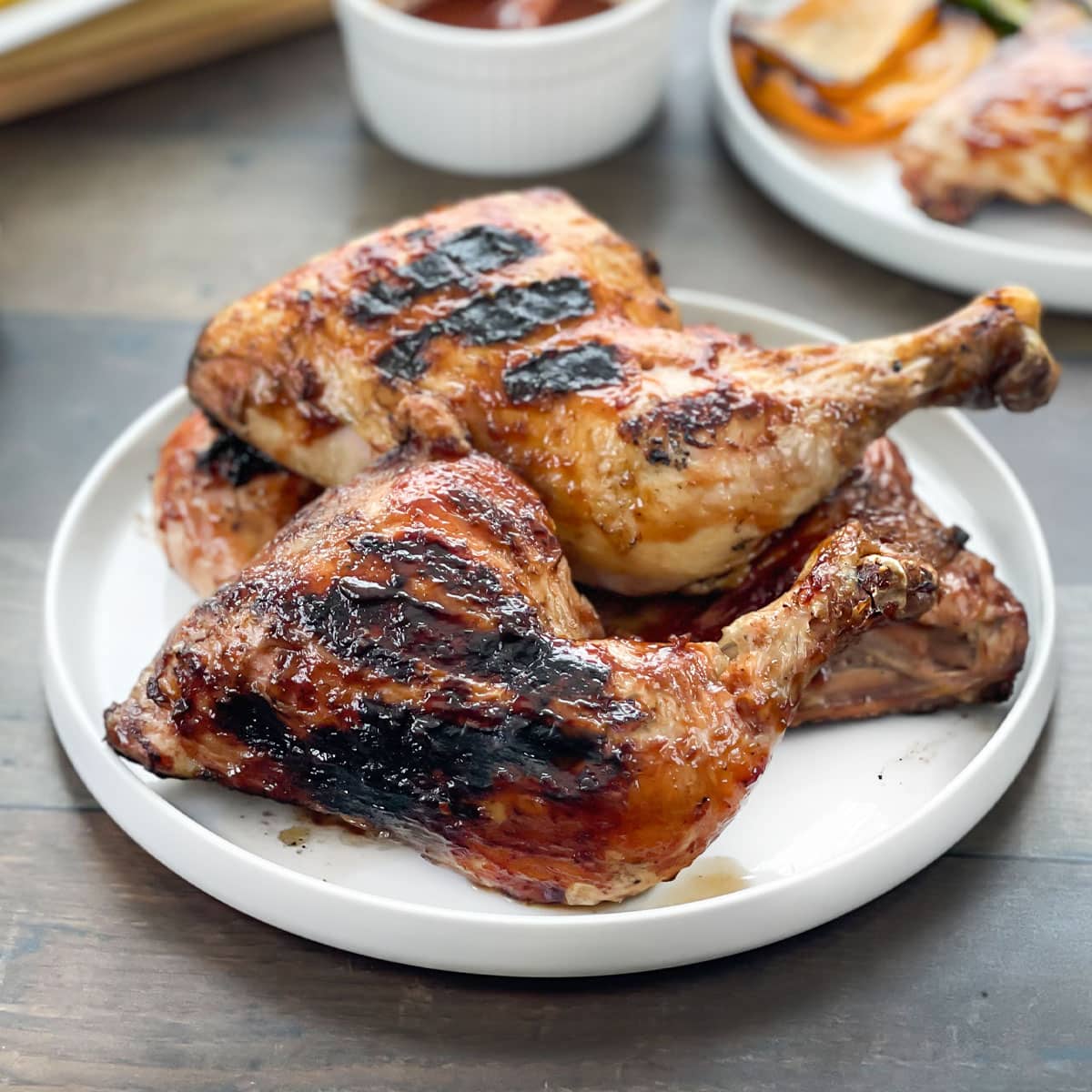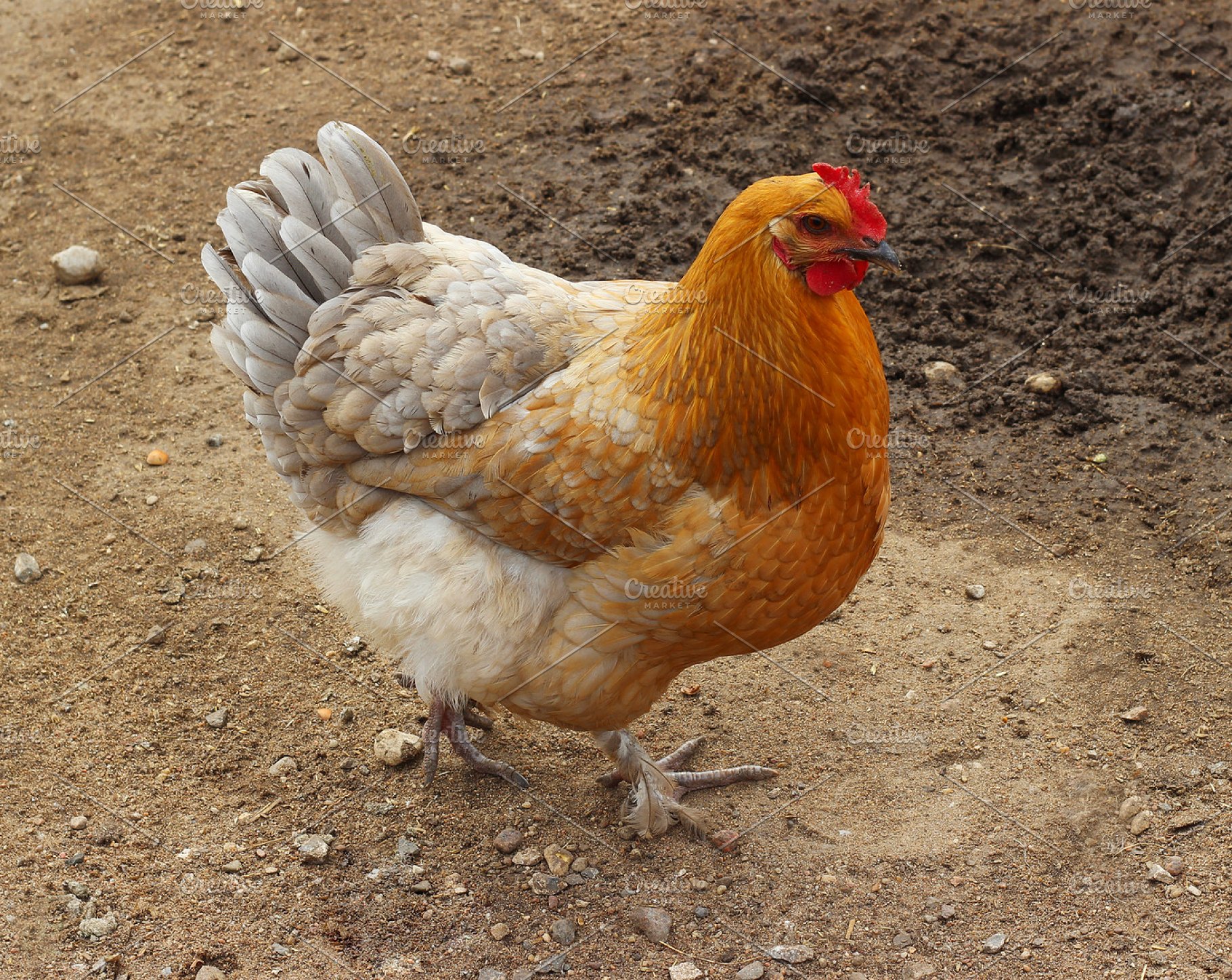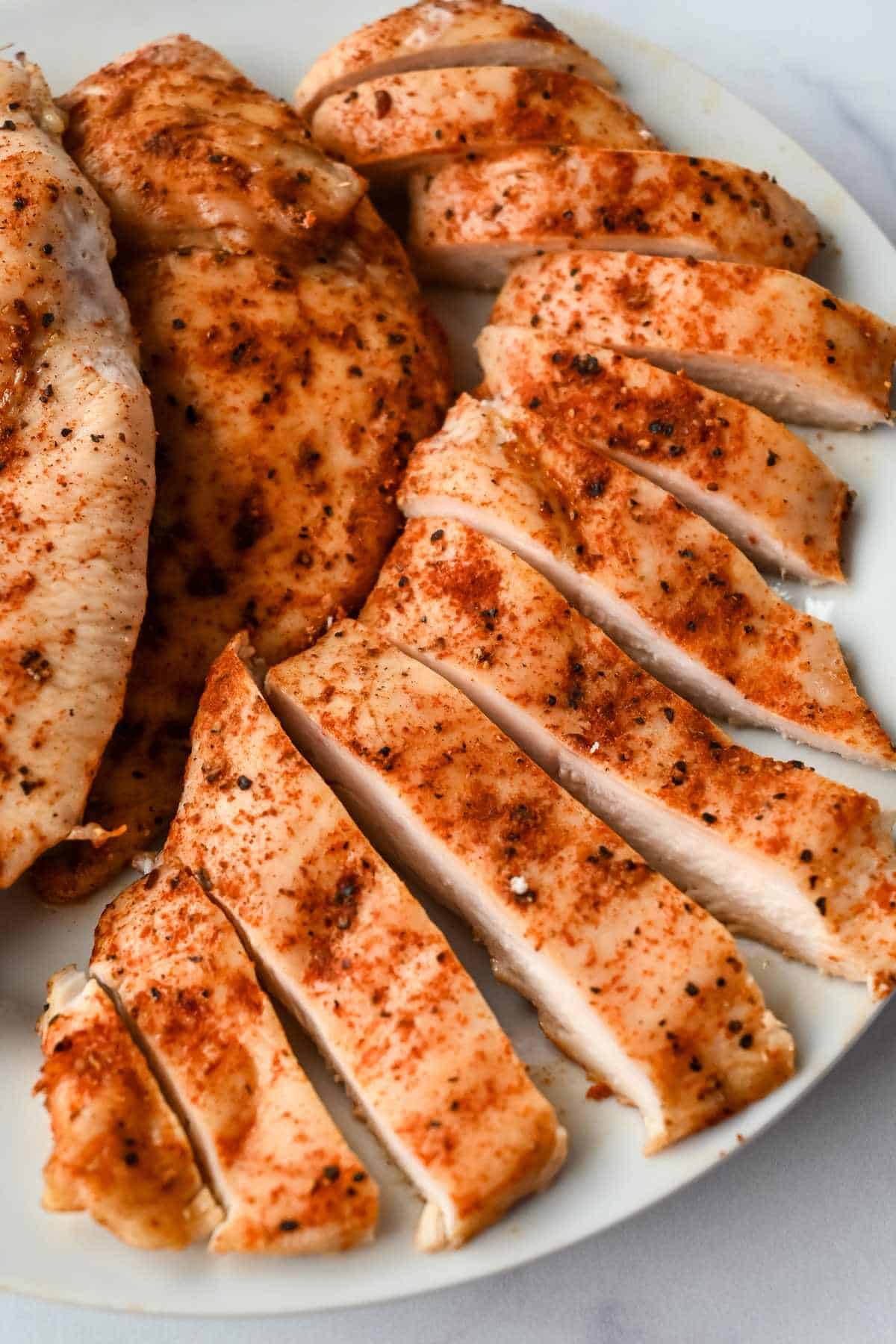The 'Chicken P Rapper Born' Phenomenon: A Guide To Thriving Flocks
Understanding Your Flock: The Essence of "Chicken P Rapper Born"
When we speak of a "chicken p rapper born," we're not talking about a human artist, but rather the very essence of a chicken coming into being and expressing its needs, its personality, and its purpose. Each chick that hatches, each pullet that matures, is like a new "rapper" on the scene, with its own unique "beats" and "lyrics" – from the clucking of contentment to the frantic squawk of alarm. Understanding these expressions is key to successful poultry keeping. It’s about recognizing that these animals, despite their commonality, are individuals with specific requirements for health, safety, and well-being. This understanding forms the bedrock of responsible poultry husbandry, ensuring your flock thrives.Choosing the Right Breed: The Foundation of Success
**Choosing the right chicken breed is a decision that will have a big impact on your flock’s success.** This fundamental step dictates everything from egg production and meat yield to temperament and adaptability. It's the first "track" you lay down for your "chicken p rapper born" to perform on. By considering your primary purpose (eggs, meat, or both), your local climate, and available space, you can select breeds best suited to your needs. For instance, if your goal is consistent egg production, breeds like Leghorns, Rhode Island Reds, or Plymouth Rocks are excellent choices. They are prolific layers and generally hardy. If meat production is your priority, Cornish Cross chickens are bred for rapid growth and efficient feed conversion. For a dual-purpose flock, Wyandottes or Orpingtons offer a good balance of both eggs and meat, often with docile temperaments suitable for families. Climate also plays a crucial role; some breeds, like the fluffy Cochin, tolerate cold better, while others, like the Mediterranean Ancona, are more heat-tolerant. Researching breed-specific traits will save you considerable time and potential issues down the line, ensuring a harmonious and productive flock.Building a Sanctuary: Essential Coop Design & Management
Just as a rapper needs a stage, your "chicken p rapper born" needs a safe, comfortable, and functional home. Building chicken coops is more than just constructing a shelter; it's about creating an environment that supports their natural behaviors, protects them from predators, and ensures their health. A well-designed coop should offer ample space (at least 3-4 square feet per bird inside, and 8-10 square feet in an outdoor run), proper ventilation to prevent respiratory issues, and protection from the elements. Key features include roosting bars, elevated off the ground, where chickens can perch comfortably at night. Nesting boxes (one for every 3-4 hens) provide a private, clean space for egg-laying. The floor should be easy to clean, often covered with absorbent bedding like pine shavings or straw. Security is paramount; hardware cloth (not chicken wire, which predators can chew through) should cover all openings, and latches must be predator-proof. Regular cleaning of the coop is non-negotiable to prevent the buildup of ammonia, parasites, and bacteria. A clean environment significantly reduces the risk of disease and promotes overall flock health, making it a true sanctuary for your "chicken p rapper born."Nourishing Your "Rapper": A Comprehensive Feeding Guide
Proper nutrition is the fuel that powers your "chicken p rapper born," enabling them to grow, lay eggs, and maintain peak health. **Need a comprehensive guide to the best chicken feed for all life stages?** You're in the right place. Feeding them incorrectly can have disastrous consequences, leading to nutritional deficiencies, poor production, and susceptibility to disease.Tailoring Nutrition for Every Life Stage
**Chicks, hens, and roosters need different nutrients, and feeding them incorrectly can have disastrous outcomes.** * **Chicks (0-8 weeks):** Young chicks require a high-protein "starter" feed (typically 20-24% protein) to support their rapid growth and feather development. This feed is often medicated to prevent coccidiosis, a common and often fatal parasitic disease in young birds. * **Growers (8-18 weeks):** As chicks mature into pullets, their protein needs slightly decrease. A "grower" feed (16-18% protein) is appropriate during this transitional phase, preparing them for egg production. * **Laying Hens (18+ weeks):** Once hens begin laying eggs, they need a "layer" feed (16-18% protein) with added calcium (around 3.5-4.5%) to ensure strong eggshells. Oyster shell or crushed eggshells can also be provided free-choice as a supplemental calcium source. * **Roosters and Non-Laying Hens:** These birds can generally be fed a "flock raiser" or "all-flock" feed (16% protein) which provides balanced nutrition without the high calcium content that can be detrimental to roosters' kidneys. Always provide fresh, clean water, as chickens consume a significant amount daily, and water intake directly impacts feed consumption and overall health. Treats should be given sparingly, making up no more than 10% of their diet, as overfeeding treats can lead to nutritional imbalances.Health & Harmony: Protecting Your Flock from Common Ailments
Maintaining the health of your "chicken p rapper born" is paramount. A healthy flock is a happy and productive flock. Regular observation is your best tool for early detection of issues. Look for changes in behavior, appetite, droppings, or appearance.Battling Microscopic Invaders: Coccidiosis & Beyond
One of the most common and devastating diseases in poultry, especially young chicks, is coccidiosis. **Coccidiosis & how to treat it picture by animallover1654 what is coccidiosis? Coccidia are a microscopic parasitic organism that infect poultry when ingested by the chicken.** These parasites damage the intestinal lining, leading to malabsorption, diarrhea (often bloody), weakness, and death. Prevention is key, often through medicated starter feed or vaccination. Treatment typically involves coccidiostats like amprolium, administered in drinking water. Strict sanitation is crucial to reduce the parasite load in the environment. Beyond coccidiosis, chickens can suffer from a range of internal and external parasites, bacterial infections, and viral diseases. Regular deworming, especially for free-range birds, is important. External parasites like mites and lice can cause irritation, feather loss, and reduced production. Dusting with food-grade diatomaceous earth or using poultry dusts can help manage these pests.Navigating Medications: A Responsible Approach
**A brief guide to medications for backyard poultry, focusing on antibiotics, pain medication, sedatives, antifungals, coccidiostats, dewormers and a few other useful or necessary items, is essential for any chicken keeper.** However, it's crucial to understand that many medications used in commercial poultry are not approved for backyard flocks, especially if the eggs or meat are for human consumption. Always consult with a veterinarian experienced in poultry if possible, or reliable poultry resources before administering any medication. * **Antibiotics:** Used for bacterial infections, but often require a withdrawal period before eggs or meat can be consumed. Misuse can lead to antibiotic resistance. * **Pain Medication:** Rarely used in backyard poultry, but can be considered for severe injuries under veterinary guidance. * **Sedatives:** Extremely rare and only for specific veterinary procedures. * **Antifungals:** For fungal infections, though less common than bacterial or parasitic issues. * **Coccidiostats:** As mentioned, vital for preventing and treating coccidiosis. * **Dewormers:** Products like fenbendazole or piperazine are used to treat internal worms. **Keeping in mind that ivermectin is a product mainly used to treat cattle and is off label for chickens, I hope you know that ivermectin's primary purpose is a wormer, it's secondary applications are for external parasites.** Using off-label medications requires extreme caution and understanding of withdrawal times. Always follow dosage instructions precisely and be aware of withdrawal periods for eggs and meat. Proper biosecurity measures, like quarantining new birds and limiting exposure to wild birds, are the first line of defense against disease.Recognizing Distress: Unmasking Hidden Dangers
Early detection of illness is critical. Chickens are masters at hiding symptoms until they are severely ill, a survival instinct from their wild ancestors. Therefore, attentive observation is key. One perplexing and often alarming finding for chicken keepers is the "lash egg." **What does a lash egg look like? The lash egg appears as an egg, but it is a buildup of pus that is gruesome, squishy, rubbery, and covered only by a solid film, as a response to an infection in the oviduct.** This indicates salpingitis, a severe infection that often requires veterinary intervention and, sadly, sometimes leads to culling to prevent suffering. It's a clear sign of internal distress that needs immediate attention. Another major concern is avian influenza, or bird flu. **Bird flu symptoms among the difficulties with avian flu is that it can infect healthy chickens that initially show no symptoms of the disease, so healthy chickens can spread the virus.** This makes it incredibly dangerous, as a seemingly healthy flock can be silently carrying and transmitting a highly pathogenic virus. Symptoms, when they do appear, can include sudden death, respiratory distress, swollen combs and wattles, purple discoloration, and neurological signs. Strict biosecurity, reporting suspected cases to authorities, and preventing contact with wild birds are crucial to protect your flock and prevent wider outbreaks.Responsible Flock Management: Lifecycle & Beyond
Understanding the full lifecycle of your flock, including responsible management decisions, is part of being a comprehensive chicken keeper. This extends to making humane choices when a bird is ill beyond recovery or when flock numbers need to be managed. For those raising chickens for meat, or needing to humanely dispatch a sick bird, knowledge of proper techniques is vital. **This document details how to make sturdy chicken killing cones.** There is also a link to a video where I demo how to make the kill cones. While a sensitive topic, understanding humane dispatch methods is an important aspect of responsible animal husbandry for those who raise chickens for food or need to end suffering. These cones are designed to hold the bird securely and calmly, allowing for a swift and humane process, minimizing stress for the animal. This knowledge, though difficult, is part of the full spectrum of care and responsibility that comes with raising a "chicken p rapper born" from start to finish.Beyond the Coop: Community & Continuous Learning
No chicken keeper is an island. The world of backyard poultry is rich with shared knowledge and experiences. Many online platforms offer valuable resources. **Tips & tricks for raising chickens, building chicken coops, & choosing chicken breeds + ask questions in our community forum** are readily available. Engaging with these communities allows you to learn from others' successes and challenges, troubleshoot problems, and stay updated on best practices. Sometimes, even the most dedicated chicken keeper might find their mind wandering to unexpected narratives, perhaps even contemplating abstract concepts or diverse interests. However, the core focus always returns to the tangible, rewarding experience of nurturing their flock. Continuous learning, whether through forums, books, or direct experience, is what truly makes a good chicken keeper great.The Daily Rhythm: Do Your Pets Make You Breakfast?
For many, the ultimate reward of raising chickens is the fresh eggs. **Does your pet make you breakfast?** In a very real sense, a healthy laying hen does exactly that, providing nutritious, delicious eggs almost daily. This simple act of collecting fresh eggs is a testament to the care and effort you've invested in your flock. It's a daily reminder of the symbiotic relationship between you and your "chicken p rapper born," a tangible return on your investment of time and love. The joy of a basket full of warm, colorful eggs, knowing exactly where they came from and how they were produced, is unparalleled. --- **Conclusion** The journey of raising a "chicken p rapper born" is multifaceted, demanding dedication, knowledge, and a genuine commitment to animal welfare. From the initial decision of choosing the right breed to understanding complex health issues like coccidiosis and avian flu, every step requires informed action. By providing a safe environment, tailored nutrition, vigilant health monitoring, and a willingness to learn, you ensure your flock not only survives but truly thrives. We hope this comprehensive guide has equipped you with the essential **tips & tricks for raising chickens, building chicken coops, & choosing chicken breeds**. The world of backyard poultry is incredibly rewarding, offering fresh food, delightful companionship, and a deeper connection to nature. We encourage you to continue exploring and expanding your knowledge. Do you have questions about specific breeds or perhaps a unique tip you've discovered? Share your thoughts and experiences in the comments below! If you found this article helpful, please consider sharing it with other aspiring or current chicken keepers, and explore our other articles for more insights into sustainable living and animal care.- Tupelo Haunted Castle
- Hermosa Beach Open 2025
- Knights Of Columbus Arlington Va
- Josh Saunders Bjj Record
- Unique Return Gift Ideas

Grilled Chicken Leg Quarters - TheCookful

color live chicken | High-Quality Animal Stock Photos ~ Creative Market

Juicy Oven Baked Thin Sliced Chicken Breasts